Perspective in photography is an important part of artistic composition. It helps you create truly three-dimensional images in a two-dimensional medium. You can also use perspective to create harmony or tension. You even can give viewers a glimpse of something or somewhere from an angle that normally impossible.
This article will tackle perspective from all the possible angles. What exactly is the purpose of perspective? And how can you use it in photography for more striking compositions?
Read on to find out more about perspective in photography!
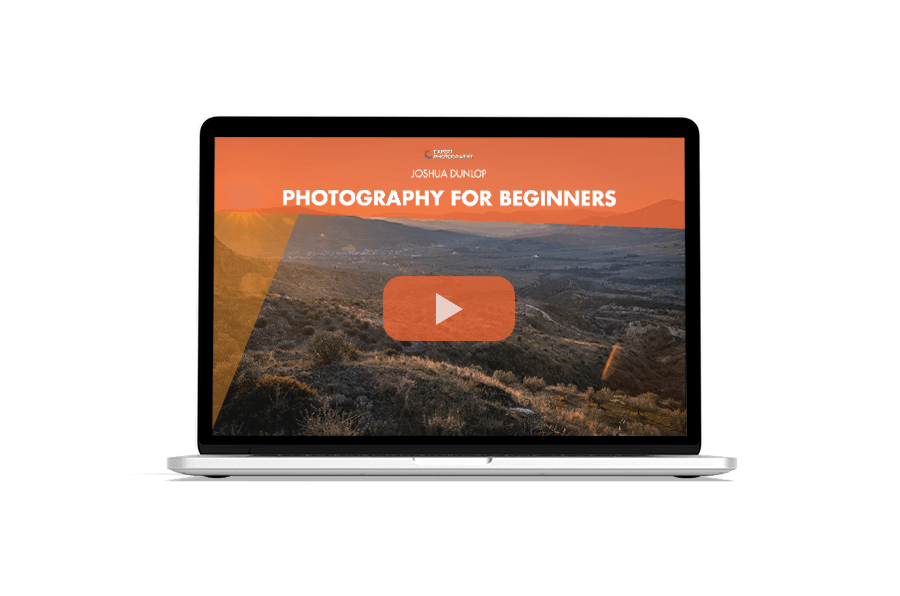
Perspective photography looks at two areas. The definitions are:
On a basic note, perspective gives depth. There are many things we can do to make a scene look more realistic.
Remember, a photograph is not three-dimensional. It is only a representation of a three-dimensional world.
Just like we use motion blur to give an impression of movement, we use perspective to give an impression of depth. That’s why perspective photography is so important.
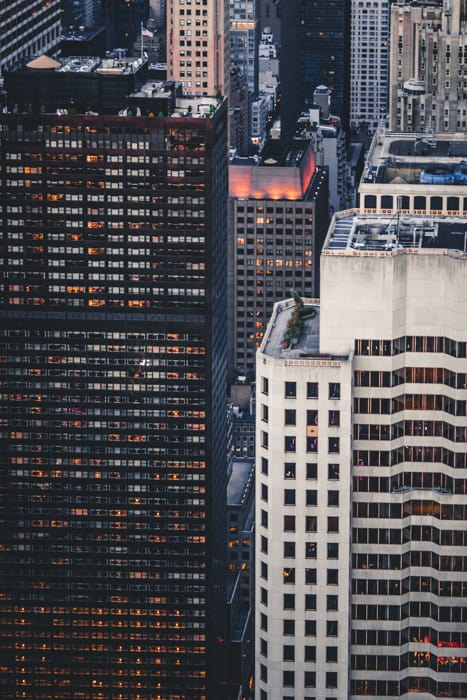
There are things you can do to change the perspective of an image. By moving around your camera, you can gain a better viewpoint than your usual eye level.
It is easy to fall into the habit of photographing every scene from eye level. You notice something that catches your eye, and you want to capture the fleeting moment.
But if you want your photography to make an impact, you need to move!
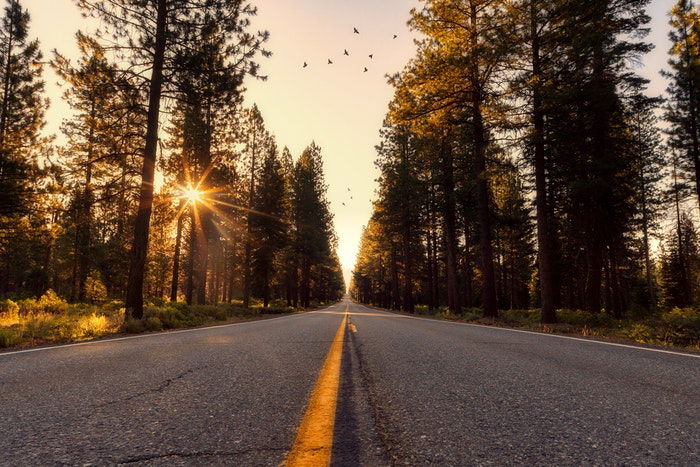
When you come across a scene, don’t go for your first idea. Take a step left or right to find a better vantage point.
Even moving one metre can have an immense effect on your image. If you move a small distance, the background doesn’t change much. But the foreground does. The closer the foreground, the bigger the impact.
You may find you are able to naturally frame that mountain with the trees. It could be the best or the photograph you have taken. At the very least, you have tried a different perspective and seen the impact it can have.
This is even more important when photographing architecture. You aren’t going to take one image and go home.
If you made the trip to shoot something special, you need to make good use of your time. Walk around the structure and photograph it from different lateral positions. You may find that the idea changes with each movement.
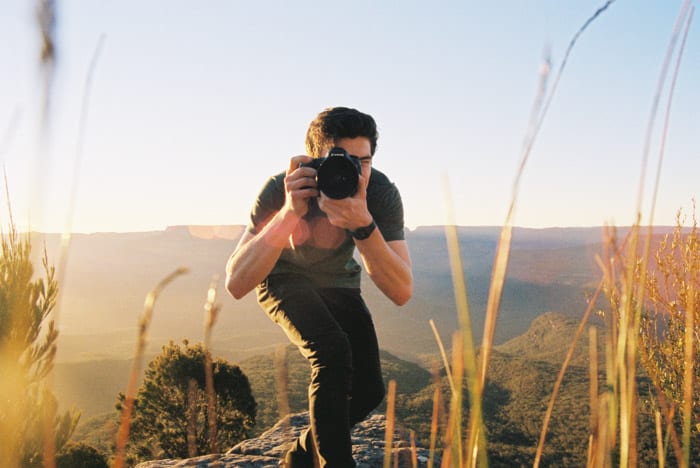
Change your position or the position of your camera. That way, you can find some interesting and new perspectives.
Imagine you are photographing a street scene. You decide to get down to the perspective of a medium-sized dog. You will look at the world in a whole different way.
We all observe the street through the same eyes, day in and day out. But change your vertical position, and you have an interesting take on a mundane place or scene.
Trying a higher perspective gives you a different viewpoint of an object. If you are photographing a building from street-level, you only capture a small part of it.
You can angle your camera up (we discuss this in-depth in the next paragraph). But that will give you perspective distortion.
Try going across the street and getting up high. Then you can show the building from the side without the distortion.
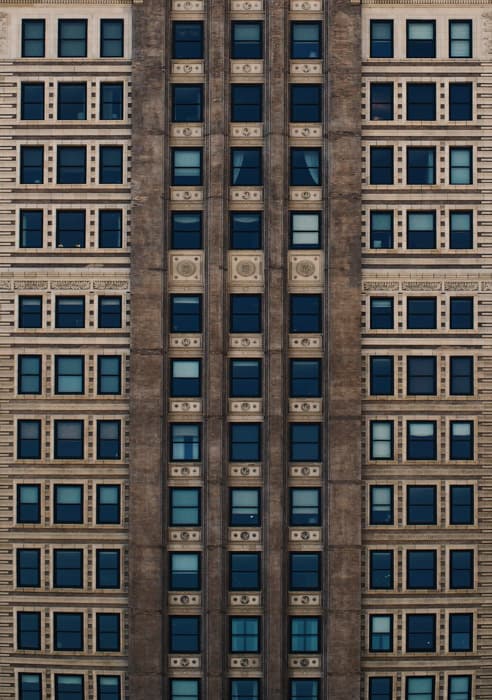
Changing your angle allows you to see and show the world from a different aspect. Living in Budapest, I am shocked to see how many people don’t look up at all.
All the interesting building details are above the first floor. You won’t see these until you stop looking in front of you all the time.
The same goes for looking down. There is a reason why aerial photography is so popular. It’s because these images offer us something new and exciting.
We almost never get to see the world from a high position. Looking down at an angle gives us a fresh look and a new perspective. They don’t have to be bird’s eye views. But a point that is higher than our usual level.
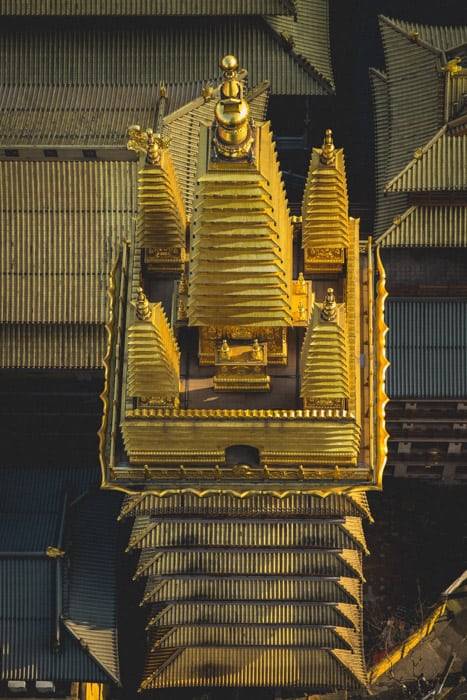
You will find that you can manipulate the size of subjects. Make them difficult to comprehend. Confuse our powerful yet impressionable minds.
Perspective distortion is a common way to confuse the human brain. It becomes clear when you photograph a tall building from up close.
The top of the building is further away from the film/sensor plane than the bottom.
This gives the subject the impression that the top is falling away.
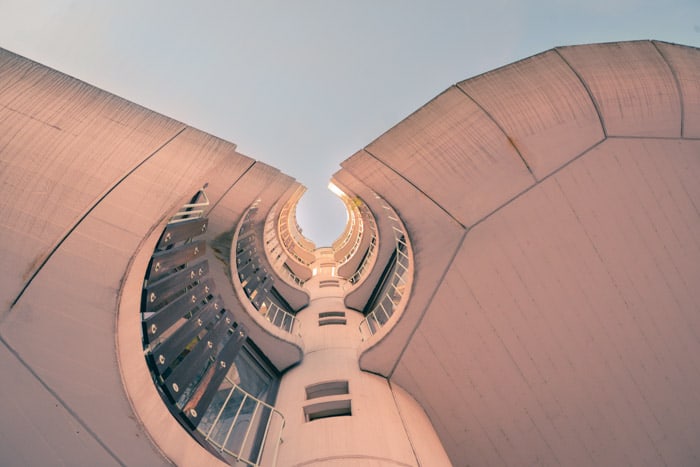
Perspective is one of the most important elements in photography composition. Every photo ever taken as been taken from one perspective or another. And perspective is part of every photo you take whether you conscious of it or not.
But being conscious of perspective and learning to use it will give you more control over the stories your images tell. You’ll be able to tap inter certain emotions of the viewer, and you can help them see familiar subjects in new lights.
Let’s take a look a some specific types of perspective so you can harness them in your photography. Click the in-text links to find out more on each type of perspective.
Camera angles are an essential tool for creating stunning photographs. By using different angles, you can dramatically change the mood and impact of your images.
Eye level shots are the most common, providing a familiar perspective that’s great for intimate portraits. Low angle shots make your subject appear larger than life, while high angle shots can include more of the background and make your subject look smaller.
For a unique perspective, try using a bird’s eye view with a drone to capture landscapes and architecture from above. The Dutch angle creates an edgy, unconventional look that can add a sense of motion or discomfort to your photos.
Camera angles in photography are a powerful way to take your images from good to great.
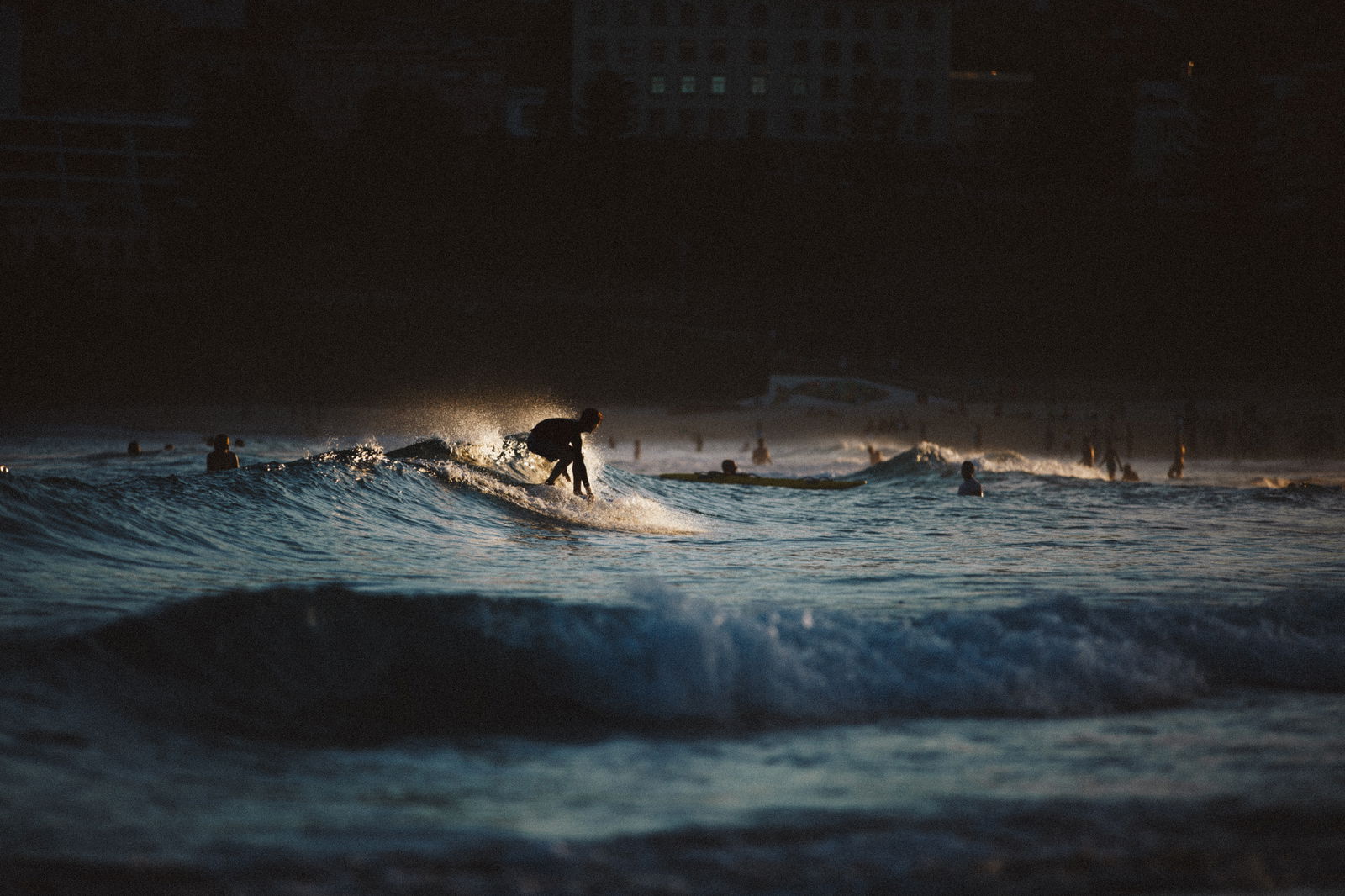
High angle photography offers a unique perspective that can add interest and drama to your images. By shooting from above, you can capture familiar subjects in a new and exciting way.
Even if the horizon is visible, keeping it at the top of the frame and ensuring the rest of the photo is interesting can result in a striking composition.
The orientation of your shot, whether portrait or landscape, can also impact the feel of your high angle photo. Portrait orientation can create a sense of instability and precariousness, while landscape orientation provides a more balanced and stable look.
To capture the best high angle shots, look for opportunities to photograph subjects from an elevated position, such as from a balcony or cliff. You don’t necessarily need to be extremely high up; even a slight change in perspective can make a big difference.
By experimenting with high angle photography, you can break free from your usual shooting style and discover new ways to capture the world around you.
For more high angle photo ideas, be sure to explore our in-depth article on the topic.
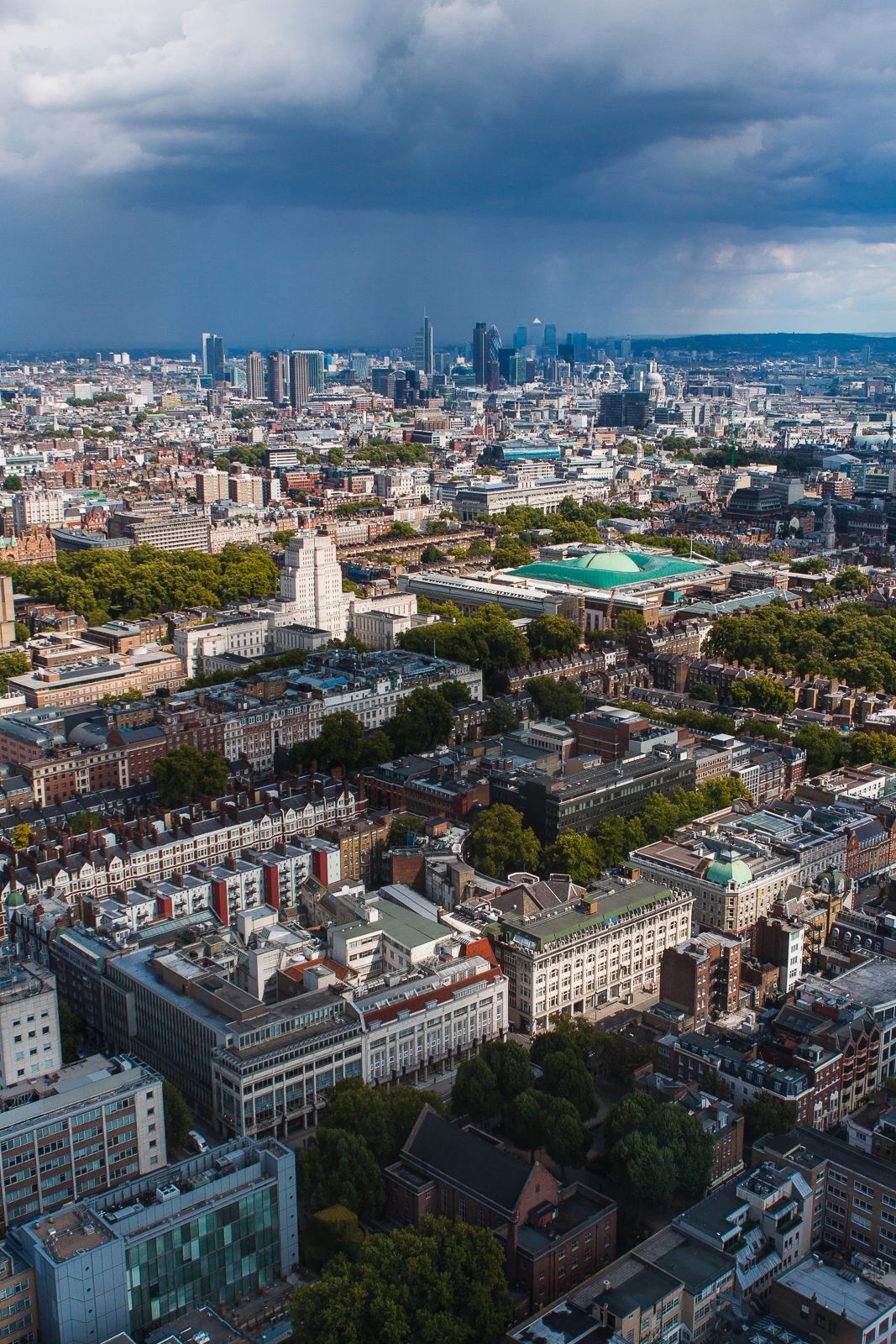
Taking low angle pictures is a great way to add interest and drama to your photos. Get down low to the ground and shoot up at your subject for a unique perspective. This works especially well for subjects that are tall or have interesting features that can be emphasized from below.
Experiment with different angles and distances from your subject. Try getting very close or backing away for a wider view. Pay attention to the background and how it looks from your low vantage point.
Capturing low angle pictures takes some practice, but the results can be stunning. Have fun and don’t be afraid to get creative with your compositions.
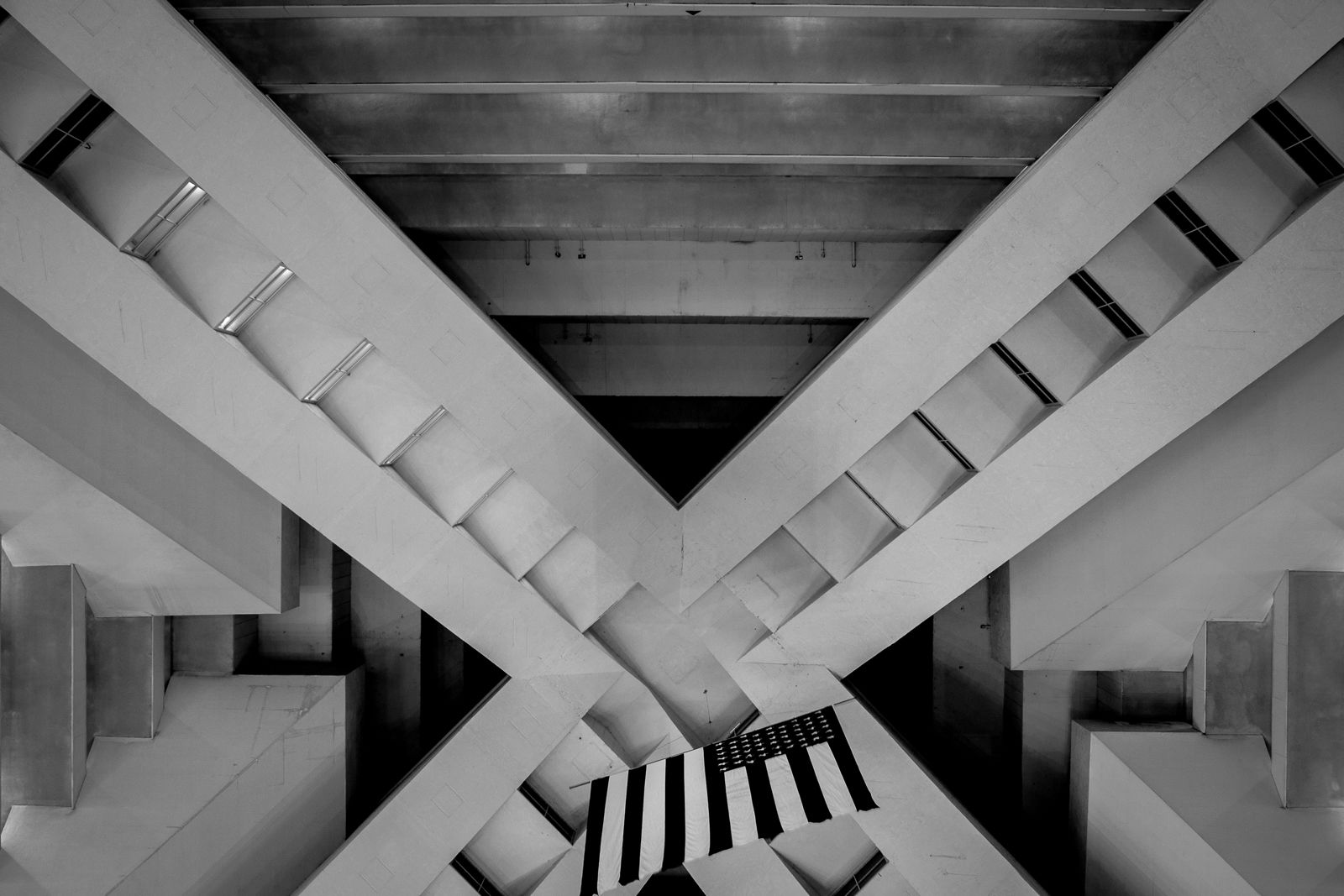
Bird’s eye view photography offers a unique perspective on landscapes, cityscapes, and other scenes. Shooting from high up gives the viewer a sense of power and superiority over the subject below. It’s a great way to highlight the unique patterns and textures of a landscape that can’t be seen from eye level.
Capturing forms and shapes from above, like the symmetry of a cityscape or the full scale of impressive landscapes, can result in breathtaking images. Even mainstream scenes like road junctions or parks can be turned into exciting pieces of art when photographed from a bird’s eye view.
By transporting the viewer to beautiful scenes from above, bird’s eye view photography can make them feel free as a bird, flying over landscapes and cityscapes.
If you’d like to learn more about bird’s eye view photography, follow this link for more info.
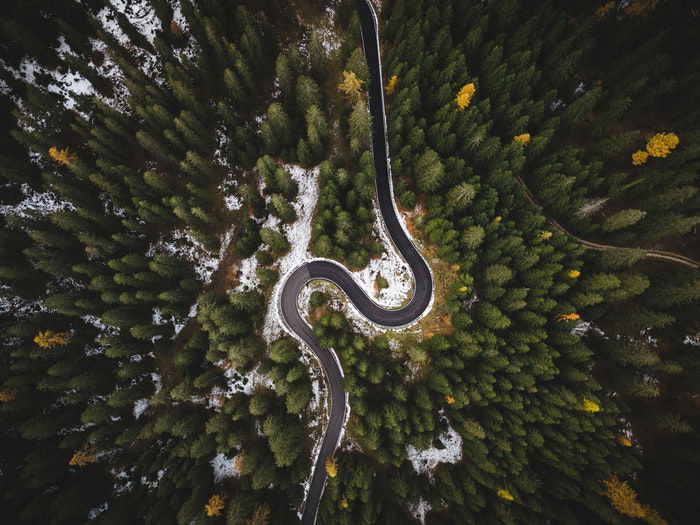
Worm’s eye view photography is a technique where you take shots looking straight up or from a very low angle. This style offers a new perspective on a recognizable subject, making it look taller and conveying a different feeling to the viewer.
To take great worm’s eye view photos, angle your camera upwards while lying flat or sitting. Use a tripod or monopod to keep your shots steady. Experiment with different lenses, such as wide-angle or telephoto, depending on what you want to capture in your shot.
Composition is key in worm’s eye view photography. Consider what you can place in your shot to make it more unique or striking, and use the rule of thirds to create focus and movement within your frame.
To learn more about worm’s eye view photography, check out this in-depth article.
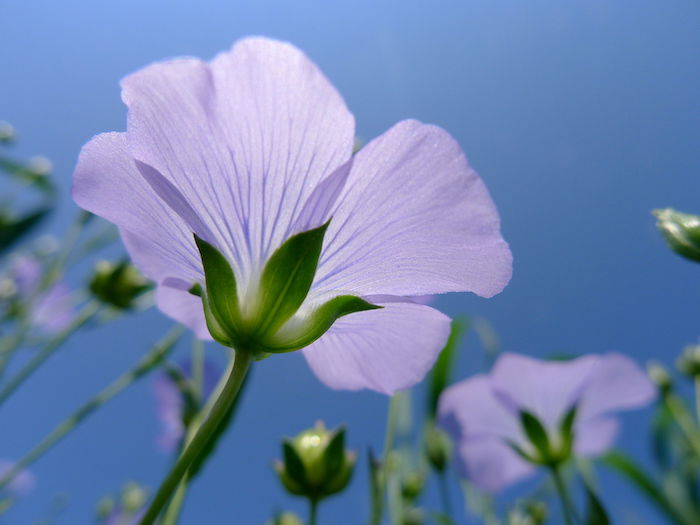
Dutch angle photography is a creative technique that involves tilting your camera to create a sense of unease or fun in your photos. To use this technique, simply rotate your camera slightly so the vertical and horizontal lines in the photo aren’t parallel to the frame.
Dutch angle photography can be used in many situations. It’s a great way to add impact to your compositions, especially when combined with other techniques like leading lines or diagonal lines. You can also use it to fit more into your frame when you’re in a tight spot.
With a little practice, you can use dutch angle photography to add a unique perspective to your photos.
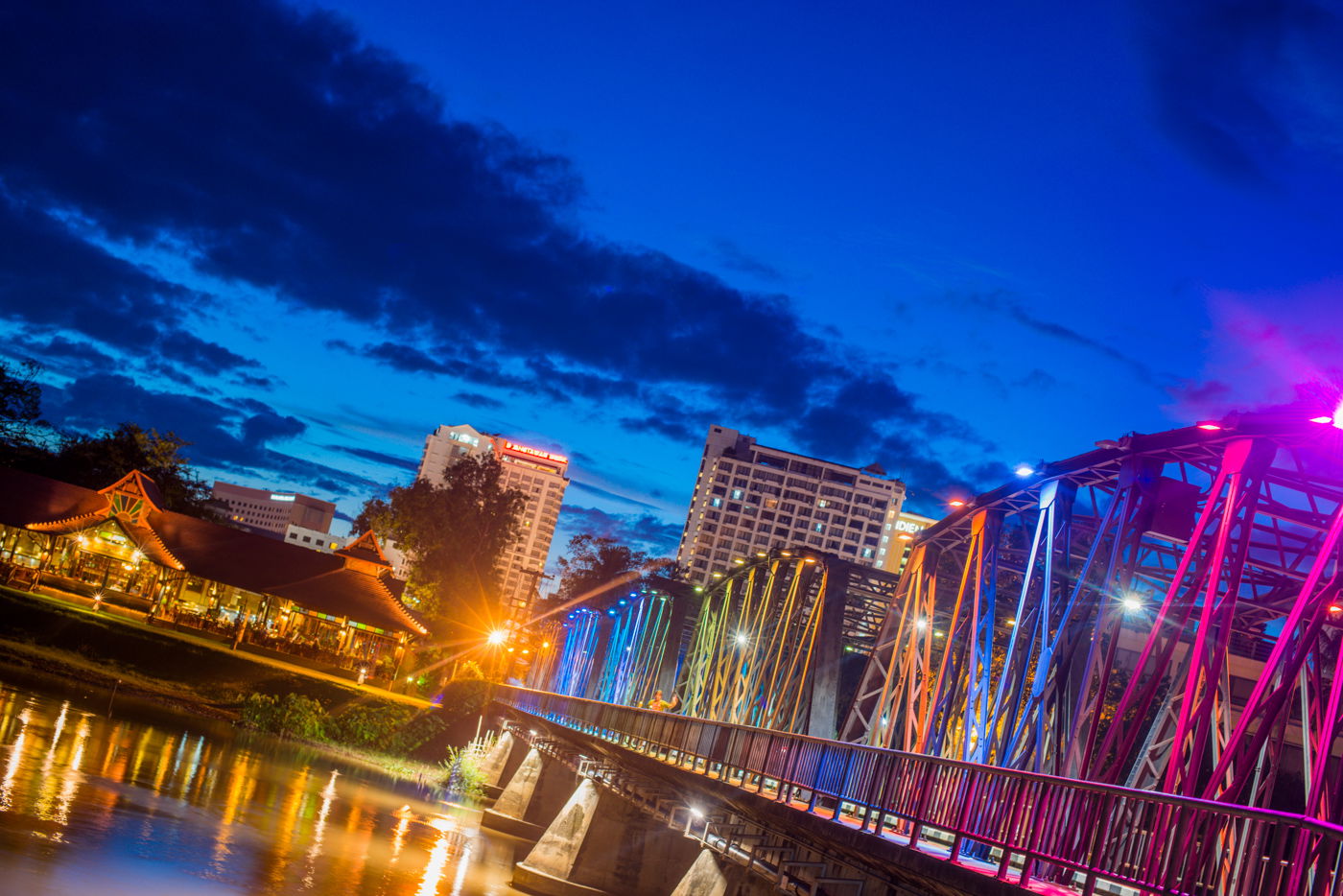
Two point perspective is a powerful technique in photography that creates an illusion of depth. It involves using two vanishing points on the horizon line, with lines leading from these points toward the subject in the center of the frame.
This approach emphasizes the subject while providing a sense of depth through the use of leading lines.
Two point perspective is particularly effective in architectural photography, where distinct lines, shapes, and forms are abundant.
To create a two point perspective shot, find a suitable location with straight lines leading toward your subject, such as the corner of a rectangular building. Position yourself so that the subject is centered and the lines lead outward from the horizon.
Composing a two point perspective photo is straightforward. Place the subject in the center of the frame, with the vanishing points either on the horizon line or in the corners of the image.
If you can clearly identify the two vanishing points in your photograph, you’ve successfully applied the two point perspective technique. With practice and the right location, you can master this approach and add depth to your images.
To dive deeper into two point perspective in photography, explore our comprehensive guide.
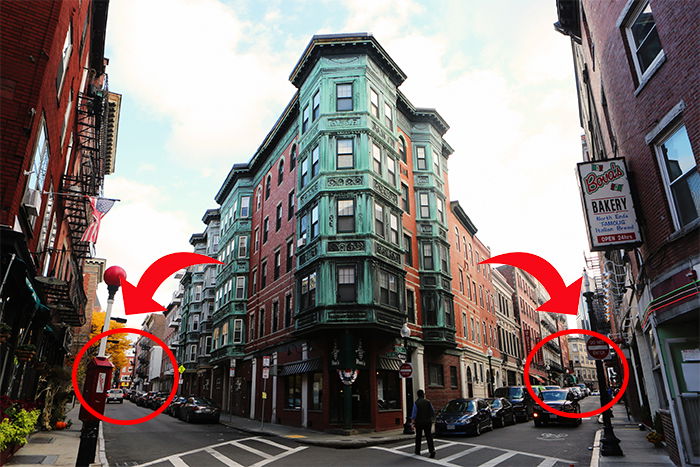
Forced perspective photography is a fun and creative way to trick the eye. By carefully positioning your camera and subjects, you can make objects appear larger, smaller, or even interact with each other in impossible ways.
To get started, find inspiration online and plan out your scenes. Take test shots at home to visualize your ideas better. When shooting, use a zoom lens for flexibility and adjust your aperture for sharp or blurred backgrounds.
Work with a partner to perfect your shots and bring abstract concepts to life. Use composition, different angles, and props like toys or buildings to create depth and illusions.
With a bit of imagination, you can create photos that will make viewers wonder how you captured them.
Forced perspective in photography is a technique that’s simple to learn but offers endless creative possibilities.
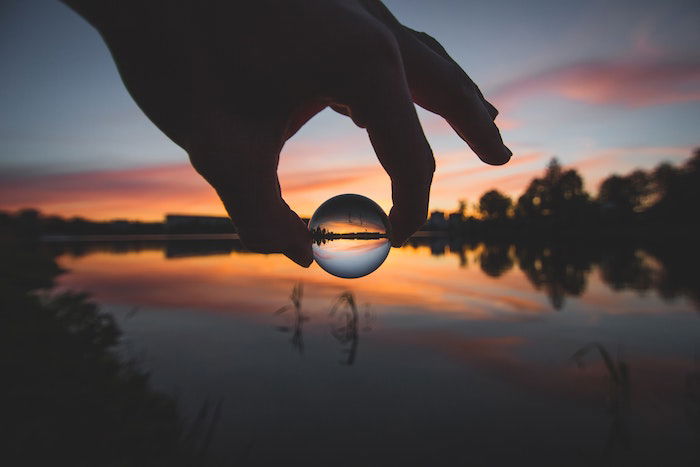
A photographer’s vantage point is the perspective from which they shoot. It can make or break a photo. Finding interesting vantage points is key to taking great photos.
Your vantage point affects the angles, composition, and story of a photograph. A picture taken from a unique vantage point makes us think about the subject in a different way. Perspectives from high or low angles add emotion, while eye-level vantage points provide a feeling of directness.
Shift out of your comfort zone to explore more unique vantage points. Climb a hill, use a ladder, or get close to the ground for a worm’s eye view. Changing your vantage point alters the arrangement of elements in your photo and can provide new foregrounds, lines, and symmetry.
To learn more about vantage point in photography, check out this in-depth article.
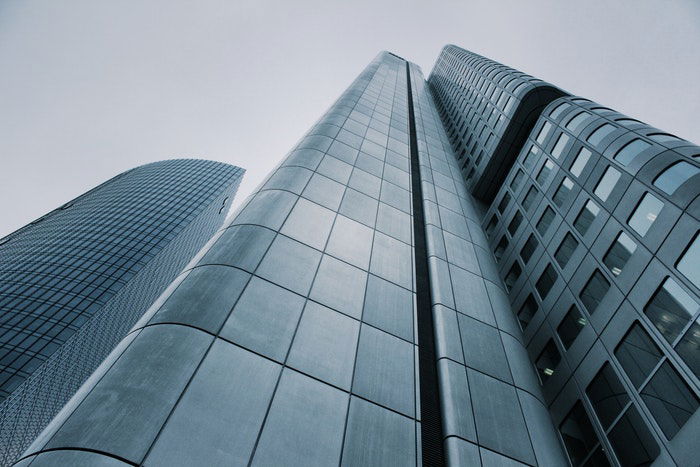
Perspective in photography is all about the angle you take your photos from. Finding a bird’s-eye view is one of the most striking ways to change your perspective.
You don’t need a drone to capture this angle – holding your camera over your subject or finding a high vantage point works too.
On the opposite end, a worm’s-eye view involves photographing up towards the sky from street level. Trees, tall buildings, and architectural ceilings make great subjects for this low angle.
Using the right framing can also strengthen perspective. Doorways, window frames, and even gaps in fences provide natural frames for your subject. Photographing through transparent objects like a lensball or wine glass adds an interesting twist.
Perspective in photography is a powerful tool for creating depth and interest in your images.
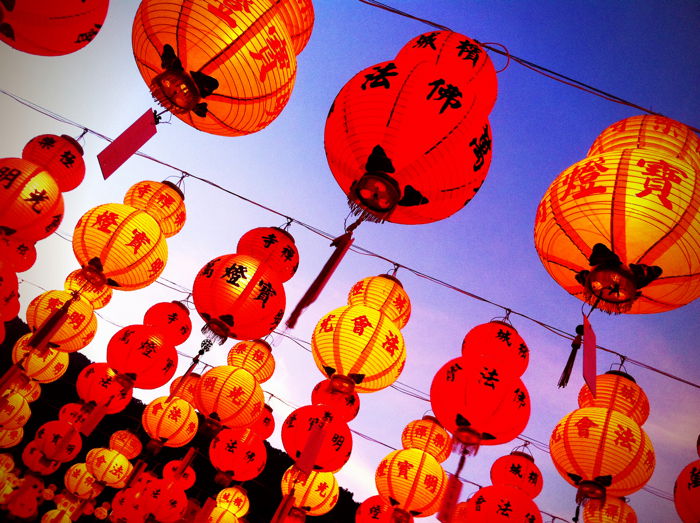
Next time you plan on photographing a scene, take perspective photography into account. It will help you find the best position and angle to take the image from. And it will add variation to your photography.
When you come across a subject or scene, you should be photographing it in many different ways. This will help you shoot a wide range of images to pick your favourite from.
Looking to learn more about beginner photography techniques? Why not check out our course Photography for Beginners next!